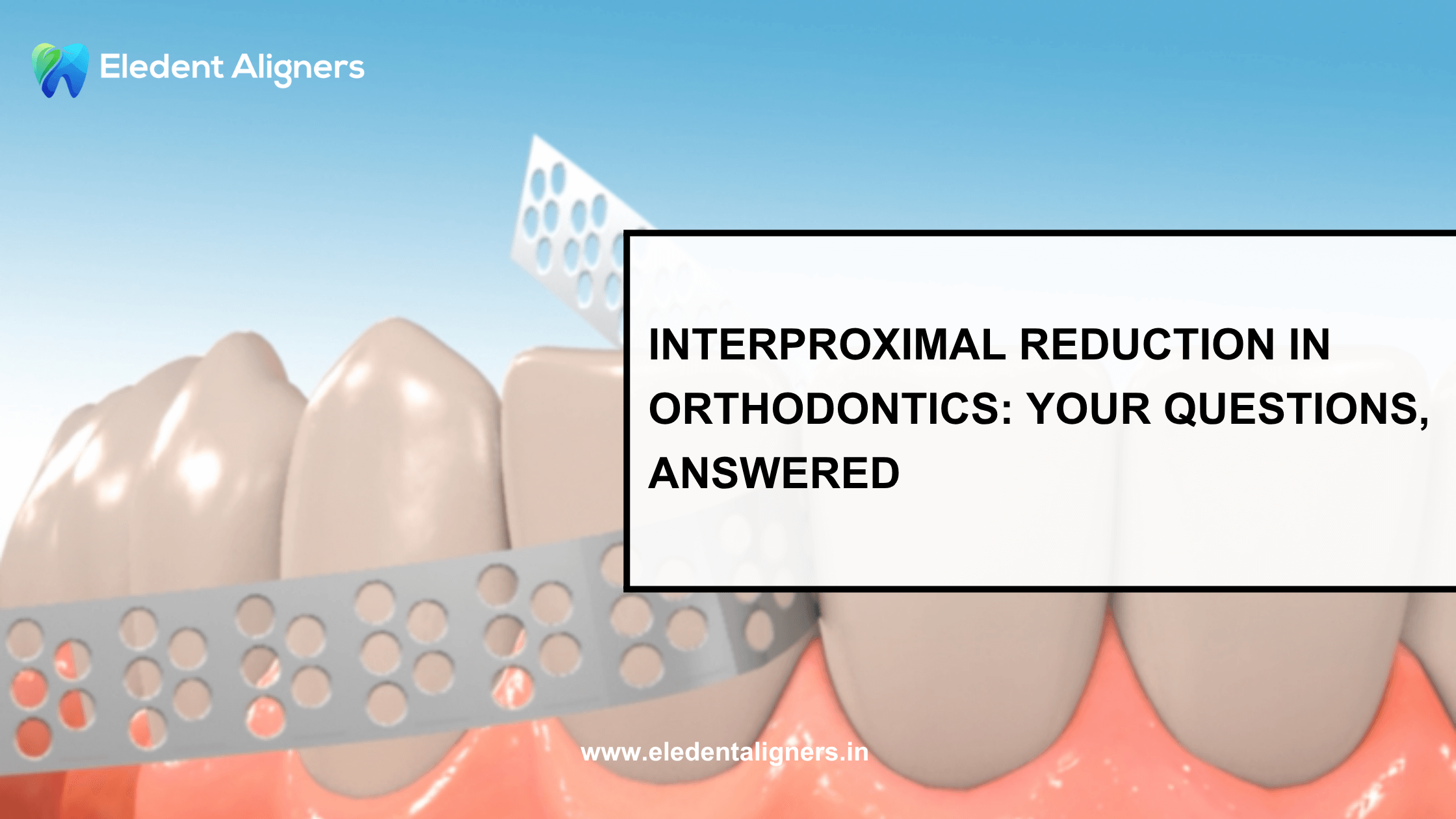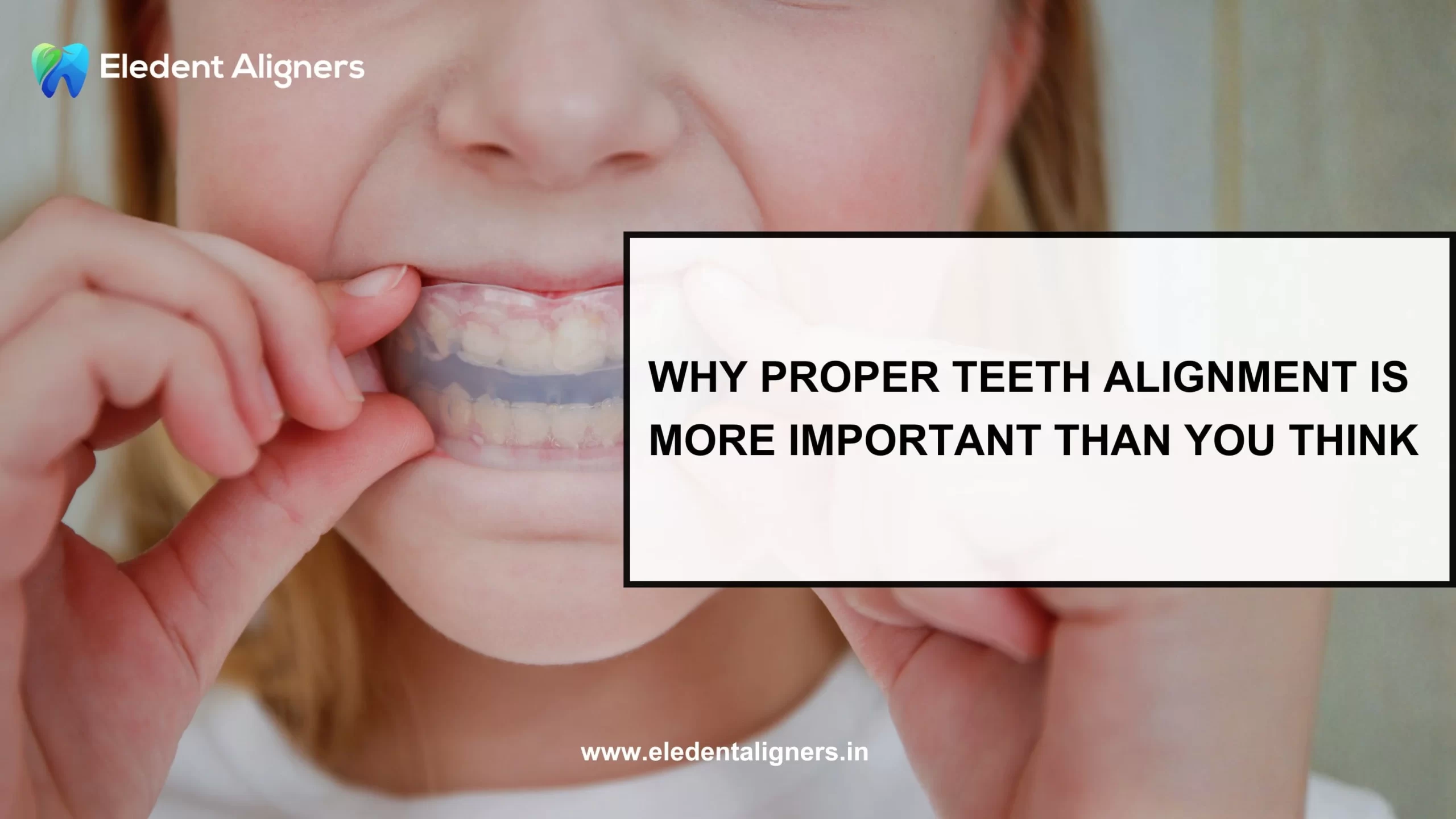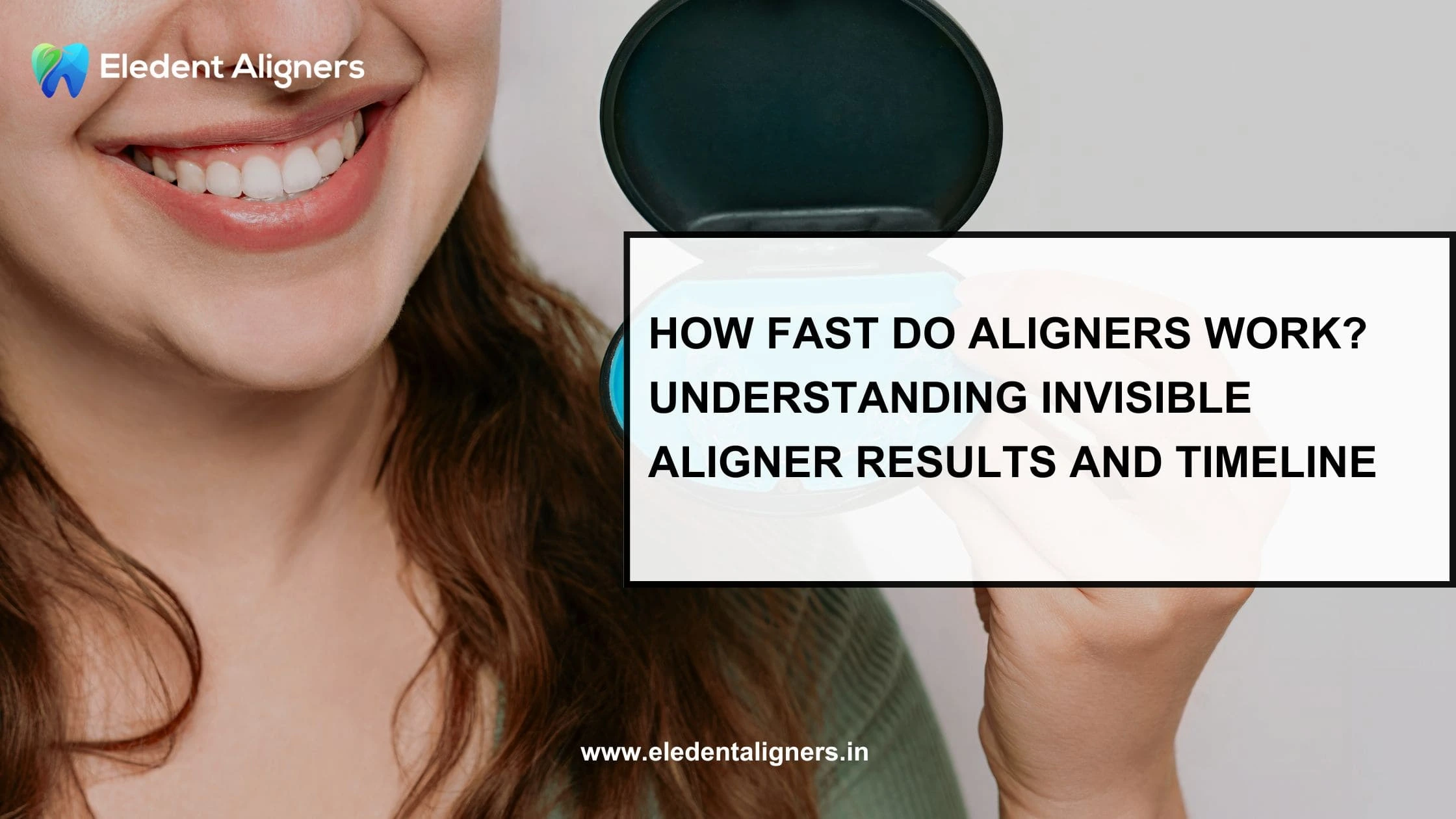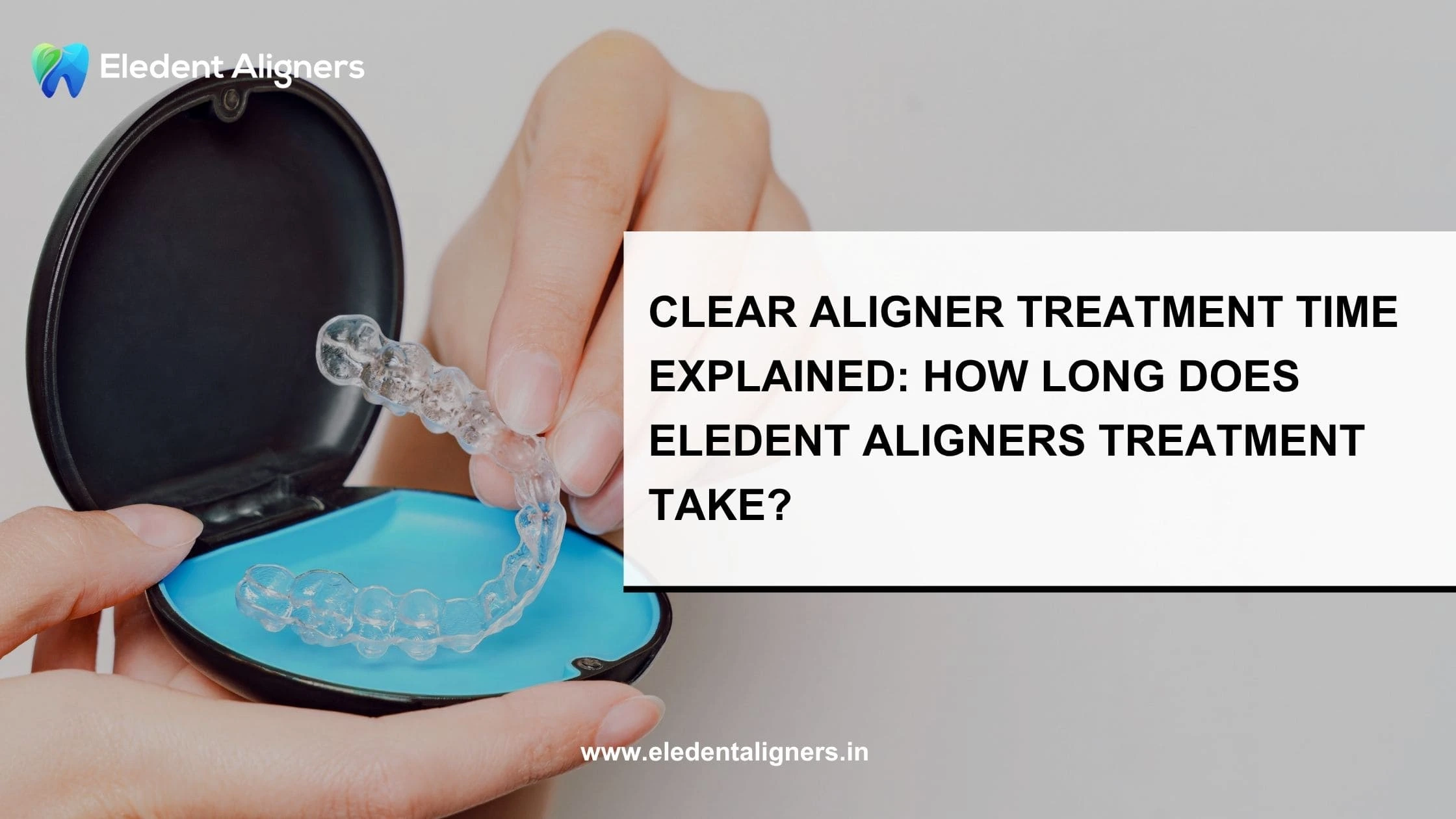Have you ever asked yourself, “How do dentists make room for crowded teeth without pulling any out?” If this sounds like your concern, you’re not alone. Many people worry about what happens when their smile feels too tight, and the thought of losing a tooth can be scary.
There is a procedure called
interproximal reduction in orthodontics (IPR) that helps create small spaces between your teeth by removing a tiny amount of enamel, the hard outer layer, without hurting your teeth or causing pain.
You might wonder, is it safe? Will my teeth become sensitive? Could it cause cavities? These are common concerns among patients and even some dentists.
What this really means is that when IPR is done carefully and correctly, it’s a simple, minimally invasive way to fix crowding, improve your smile, and help you avoid extractions. Research shows that removing just a small, controlled amount of enamel doesn’t harm your teeth and can actually make orthodontic treatment work better.
This blog will discuss everything you need to know about interproximal reduction in orthodontics, what to expect, and how it can help you get the smile you want without unnecessary worry.
What Is Interproximal Reduction?
Interproximal reduction in orthodontics is when your orthodontist removes a small bit of the enamel, the hard, outer layer, from the sides of your teeth. The purpose? To make space for teeth to move into straight lines. It’s sometimes called “stripping” or “tooth polishing,” but everything comes down to making your smile look better without pulling healthy teeth.
Here’s what really happens:
- Your dentist uses a thin file or a special tool to gently shave off enamel between some teeth.
- You don’t feel pain because only a tiny amount of enamel is removed.
- No drills, no injections, just careful adjustment.
Why Would You Need IPR?
IPR isn’t for every patient. Dentists suggest interproximal reduction in orthodontics when you have:
- Crowded front teeth
- Tooth size differences (Bolton discrepancy)
- Weird gaps or “black triangles” near your gums
- Teeth that are too wide for your mouth
If your teeth are crowded but you don’t want any pulled out, interproximal reduction in orthodontics helps line them up smoothly. It’s an easy way to solve challenging crowding problems without making your bite uncomfortable.
How Does IPR Work During Orthodontic Treatment?
Let’s say you’re getting clear aligners, like those from Eledent Aligners. They need some room to shift teeth. In many cases, aligners can’t work their best unless there’s enough space between
crowded teeth. That’s where IPR comes in.
Here’s how the process works for most patients:
- Your doctor checks your teeth with a scan.
- They decide which teeth need a little enamel removed.
- You sit back while your dentist gently files between those teeth.
- Polishing smooths everything out afterward.
You won’t even notice a difference right away, but soon, your new aligners will fit better, and your teeth will start lining up as they should.
Step-by-Step: What Your Appointment Looks Like
- Exam and Planning: Your orthodontist reviews x-rays and scans.
- Marking Teeth: They highlight which teeth need filing.
- Reducing Enamel: Using a thin strip or tiny disk, they remove just enough enamel to do the job.
- Polishing: A smooth finish keeps your teeth safe.
- Follow-Up: Your dentist makes sure everything looks and feels right.
Most visits take less than 30 minutes. You can go back to school or work the same day; no recovery is needed.
What Are the Benefits of Interproximal Reduction?
Here’s why interproximal reduction in orthodontics is a good choice for many people:
- No extractions. You get the space you need without losing teeth.
- Better alignment. Teeth move into straighter lines faster.
- Less discomfort. No significant changes, just tiny adjustments.
- More control. Dentists can fix crowding exactly where it happens.
- Prevents relapse. When IPR creates flat sides, teeth are less likely to go crooked again.
Is IPR safe? Risks and Precautions
What this really means is that IPR is safe when done by a trained professional. Removing too much enamel could cause sensitivity, rough surfaces, or make teeth more likely to get cavities. Your dentist carefully measures just how much to remove, never too much, always just enough.
Polishing and sometimes using fluoride protect your teeth after IPR. Most people don’t have any problems, and new studies confirm that well-done IPR doesn’t harm enamel or increase your risk of cavities.
FAQs About Interproximal Reduction
- Does IPR hurt?
- No, most people don’t feel pain during the interproximal reduction in orthodontic procedures. You might feel vibration or a bit of pressure. It’s quick and gentle.
- Could my teeth become sensitive?
- A minor sensitivity is possible, but polishing and fluoride usually prevent it. Your dentist will use only the amount needed, so your teeth stay strong.
- How much enamel does my dentist remove?
- Usually, only about 0.2 to 0.5 mm per space, just a hair’s width. Enough for movement, but not enough to weaken your teeth.
- Will IPR make my teeth more likely to get cavities?
- No, as long as the enamel is polished and you keep brushing. Studies say teeth are just as healthy after IPR when dentists follow proper steps.
Tips as You Start IPR
- Always ask your orthodontist why you need IPR.
- Brush and floss well, especially after the procedure.
- Don’t worry if you see small spaces; these help align your teeth.
- Follow up as planned for best results.
IPR Tools: What to Expect
Dentists use special tools for IPR. Here are a few you might see:
- Thin strips for tiny spaces
- Rotating disks for wider areas
- Polishing cups to smooth enamel
If you’re curious, ask to see the tools; dentists love explaining their work to you.
IPR vs. Tooth Extraction
| Feature |
IPR (Interproximal Reduction) |
Tooth Extraction |
| Pain Level |
Mild to none |
Moderate to high |
| Recovery Time |
Same day |
Days to weeks |
| Tooth Integrity Preserved |
Yes |
No |
| Space Created (typical cases) |
1–3 mm |
>6 mm |
| Cost |
Lower |
Higher |
| Impact on smile aesthetics |
Positive |
May create gaps |
If you want to know more about clear aligners and how they work with IPR, visit our
Eledent Aligners Treatment Process page.
Final Thoughts: Making the Right Choice With Eledent Aligners
If you need more space for your teeth to move, interproximal reduction in orthodontics is a safe, proven way to help. You keep all your teeth, move them where they should go, and end up with a straighter smile. It’s part of what makes clear aligners, like those from
Eledent Aligners, work so well for real people.
Ask your orthodontist about IPR. Know your options. Your smile matters, and even small changes can make a big difference.
Want help planning your treatment?
Chat with our team at
Eledent Aligners today for honest answers and the next steps involved in interproximal reduction in orthodontics. You deserve a smile that really fits you.





